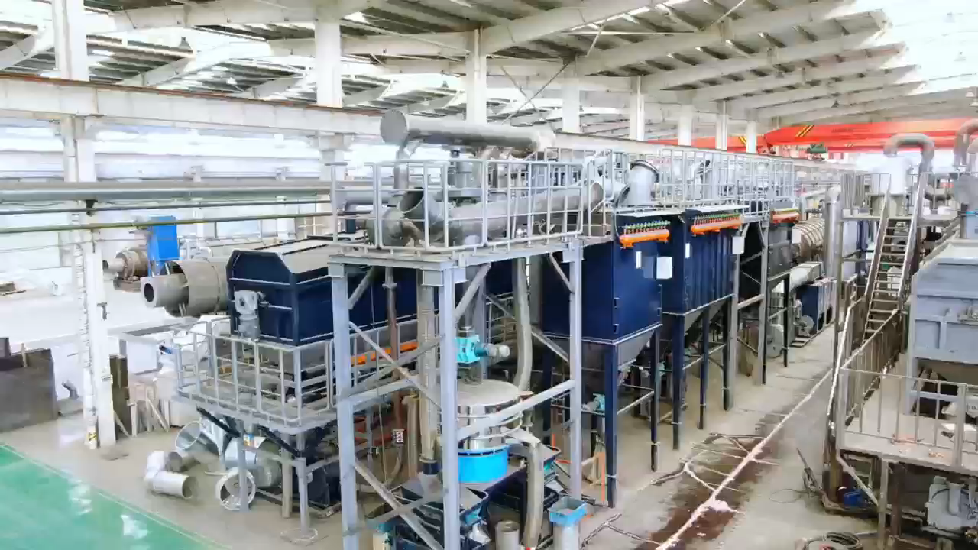Ceramic fiber is a high-temperature insulation material widely used in various industrial applications, composed of a combination of aluminum oxide (Al2O3) and silicon dioxide (SiO2).Ceramic fibers are renowned for their high insulation, high temperature resistance, and low thermal conductivity, making them an ideal choice for industries such as aerospace, automotive, electronics, and energy production.Ceramic fiber cotton, ceramic fiber blanket, ceramic fiber mesh, ceramic fiber paper, ceramic fiber board, ceramic fiber belt, and ceramic fiber tube are commonly found on the market.
Background:
Lithium battery types include soft-shell, hard-shell, cylindrical batteries, and anode/cathode sheets.
Lithium batteries are mainly composed of the shell, anode, cathode, electrolyte, and separator:
The anode sheet is formed by coating lithium cobalt oxide powder onto both sides of an aluminum foil current collector using PVDF.
The cathode sheet structure is similar to the anode, with carbon powder bonded to both sides of a copper foil current collector.
Waste Lithium Battery Recycling:Crushing/Pyrolysis/Sorting
Process Principle: Physical Crushing / Pyrolysis / Sorting Process to obtain copper, aluminum, and black.
Processing Capacity: 300 ~ 1,500 Kg/Hr, with a recycling rate > 90%.
Basic Equipment: Single-Axis Shredder, Hammer Crusher, Magnetic Separator, Black Powder Separator and Air Classifier.
Optional Equipment: Carbonization Furnace (Pyrolysis Furnace)
Air Pollution Control: Pulse Dust Collector and others (optional).

Process Flow Description:
Pre-Treatment (Battery Discharge & Sorting)
Crushing Stage (Physical Crushing)
Pyrolysis (Thermal Decomposition)
Magnetic Separation
Black Powder Separation
Air Classification
Final Sorting
Air Pollution
Crushing, Sorting and Recycling of Waste Lithium Batteries

Lithium Battery Pyrolysis Treatment Equipment: Pyrolysis Furnace

Contact: Chung Lee
Phone: +1-840-677-6786
Tel: +1-840-677-6786
Email: hanchung1223@gmail.com
Add: 12346 Claredon Dr UNIT 4, Rancho Cucamonga, CA 91739 USA
We chat